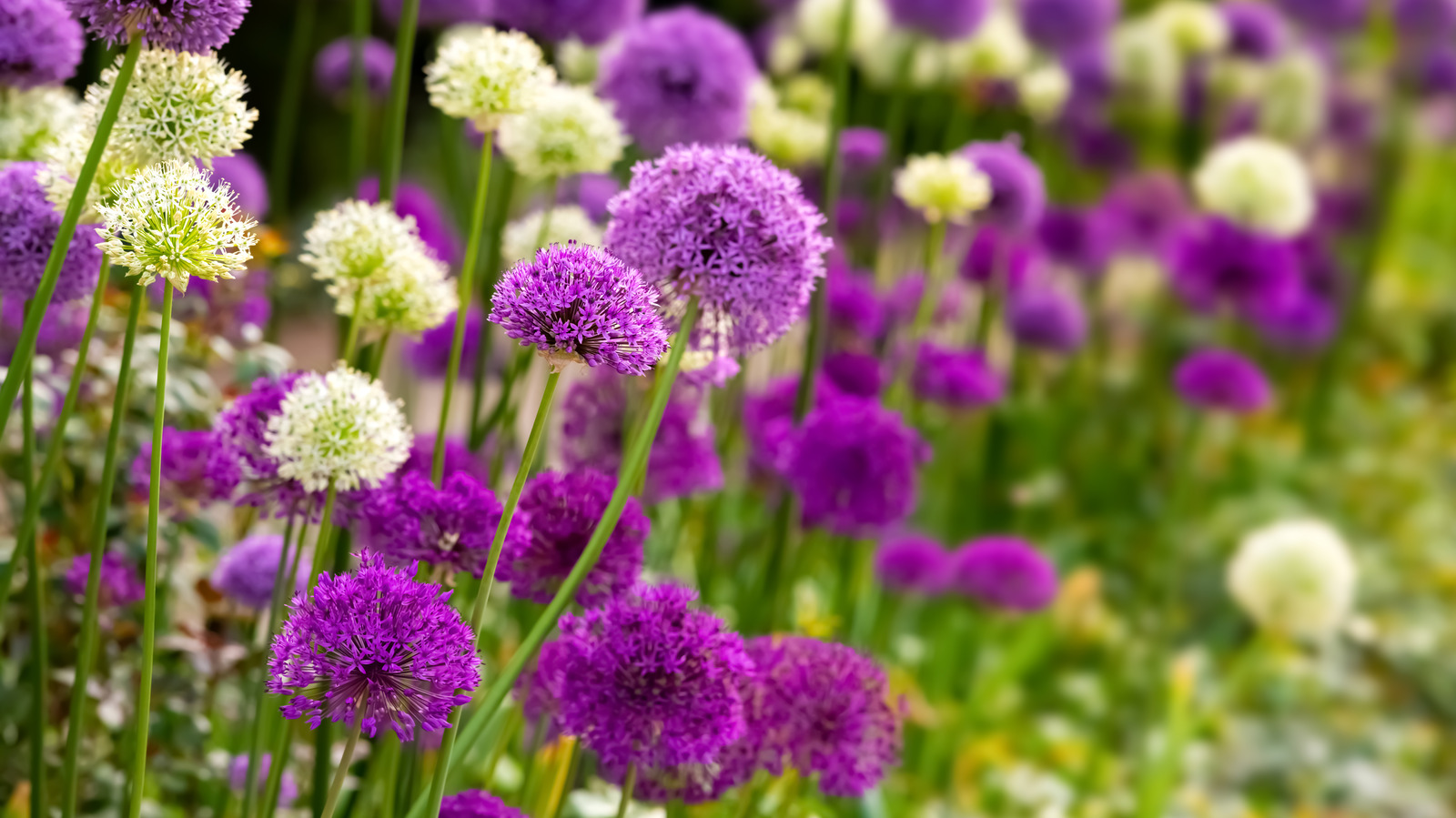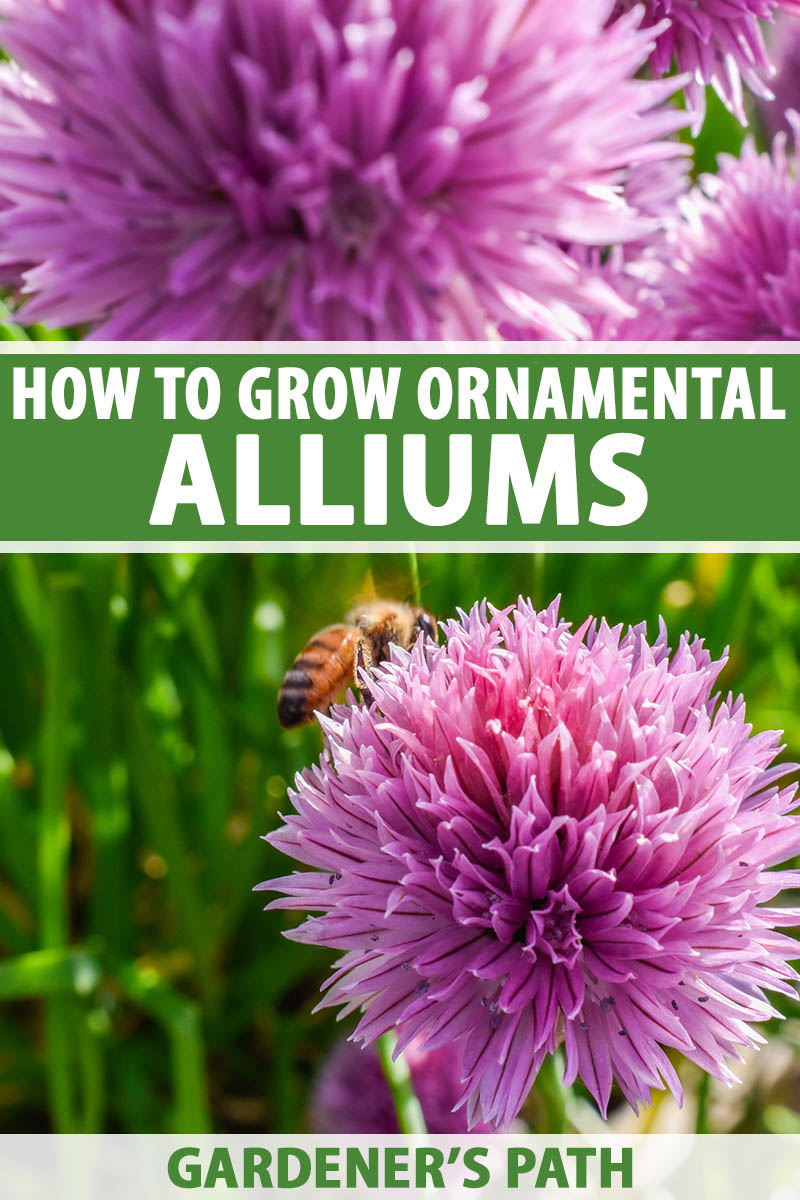Choosing the Right Allium Bulbs for Your Garden
With over 700 species of allium bulbs to choose from, selecting the right variety can be a daunting task. However, by understanding the different types of allium bulbs available, gardeners can make informed decisions to ensure a successful bloom. Popular varieties like Globemaster and Christophii are known for their large, showy flowers and are ideal for adding a dramatic pop of color to any garden. On the other hand, smaller varieties like Allium moly and Allium neapolitanum are perfect for adding a subtle touch of elegance. When learning how to plant allium bulbs, it’s essential to consider factors such as climate, soil type, and desired bloom color to choose the right bulbs for your garden. For instance, if you live in a region with hot summers, you may want to opt for heat-tolerant varieties like Globemaster or Christophii. By selecting the right allium bulbs, you can enjoy beautiful, long-lasting blooms that will add beauty and charm to your garden.
Preparing the Soil for Planting Allium Bulbs
Before planting allium bulbs, it’s essential to prepare the soil to ensure optimal growth and blooming. Well-draining soil is crucial, as allium bulbs are prone to rot if the soil is too wet. To achieve this, remove any weeds or debris from the planting area and add organic matter such as compost or well-rotted manure. This will help improve the soil’s structure and drainage. If your soil is heavy clay or sandy, mix in some organic matter to create a more balanced soil composition. Additionally, check the pH level of your soil and adjust it if necessary. Most allium bulbs prefer a slightly acidic to neutral soil pH, ranging from 6.0 to 7.0. By preparing the soil properly, you’ll be well on your way to growing healthy, thriving allium bulbs that will provide beautiful blooms for years to come. When learning how to plant allium bulbs, soil preparation is a critical step that should not be overlooked.
How to Plant Allium Bulbs for Maximum Blooms
Planting allium bulbs is a straightforward process that requires some planning and attention to detail. To get started, choose a location that receives full sun to partial shade, depending on the variety of allium bulb you are planting. Next, prepare the soil as described earlier, making sure it is well-draining and has a pH between 6.0 and 7.0. When learning how to plant allium bulbs, it’s essential to plant them at the right depth. As a general rule, plant the bulbs three to four times deeper than their height. For example, if the bulb is 2 inches tall, plant it 6 to 8 inches deep. Space the bulbs 3 to 6 inches apart, depending on the variety, and orient them with the pointed end facing upwards. After planting, water the bulbs well and apply a layer of mulch to retain moisture and suppress weeds. By following these steps, you’ll be well on your way to growing beautiful, blooming allium flowers. Remember, when asking yourself “how do I plant allium bulbs,” it’s crucial to consider factors like depth, spacing, and orientation to ensure maximum blooms.
The Importance of Timing: When to Plant Allium Bulbs
When it comes to planting allium bulbs, timing is crucial. In most regions, the best time to plant allium bulbs is in the fall, about 8 to 10 weeks before the first frost. This allows the bulbs to establish themselves in the soil over the winter, and then bloom in the spring. Fall planting also helps to reduce the risk of disease and pests, as the cooler temperatures and increased moisture make it more difficult for these problems to develop. If you live in a region with mild winters, you can also plant allium bulbs in the late winter to early spring, as soon as the soil can be worked. However, it’s essential to avoid planting in the spring when the weather is warm, as this can cause the bulbs to bloom too early and reduce their flowering period. By planting at the right time, you’ll be able to enjoy the beautiful blooms of your allium flowers for weeks to come. When asking yourself “how do I plant allium bulbs,” remember that timing is a critical factor in their success.
Caring for Your Allium Bulbs After Planting
After planting allium bulbs, it’s essential to provide them with the right care to ensure they thrive and produce beautiful blooms. One of the most critical aspects of caring for allium bulbs is watering. Make sure to water the bulbs regularly during the first growing season, but avoid overwatering, which can lead to rot and other problems. It’s also a good idea to fertilize the bulbs lightly during the growing season, using a balanced fertilizer that is low in nitrogen. Deadheading, or removing the flowers as they fade, can also help to encourage the bulbs to focus their energy on re-growing and storing energy for next year’s bloom. Additionally, keep an eye out for common pests and diseases, such as aphids, slugs, and fungal infections, and take action quickly if you notice any problems. By following these simple care tips, you’ll be able to enjoy the beautiful blooms of your allium flowers for weeks to come. When asking yourself “how do I plant allium bulbs,” remember that proper care after planting is just as important as the planting process itself.
Tips for Combining Allium Bulbs with Other Flowers
One of the most exciting aspects of growing allium bulbs is combining them with other flowers to create stunning and unique garden displays. When it comes to pairing allium bulbs with other flowers, the key is to choose complementary colors, textures, and bloom times. For example, pairing allium bulbs with low-growing, spreading flowers like creeping thyme or sedum can create a beautiful contrast of heights and textures. Alternatively, combining allium bulbs with other tall, statuesque flowers like delphiniums or foxgloves can create a dramatic and eye-catching display. In terms of color, allium bulbs come in a range of shades, from pure white to deep purple, so it’s easy to find a variety that will complement or contrast with other flowers in your garden. Some popular combinations include pairing white allium bulbs with blue forget-me-nots, or purple allium bulbs with yellow daisies. By experimenting with different combinations, you can create a unique and beautiful garden display that will attract attention and admiration. Remember, when asking yourself “how do I plant allium bulbs,” consider the bigger picture and think about how you can combine them with other flowers to create a stunning garden display.
Common Mistakes to Avoid When Planting Allium Bulbs
When it comes to planting allium bulbs, there are several common mistakes that can lead to disappointing results. One of the most critical mistakes to avoid is overwatering, which can cause the bulbs to rot and fail to bloom. On the other hand, underwatering can also be detrimental, as it can cause the bulbs to struggle and produce weak, spindly growth. Another common mistake is planting the bulbs at the wrong depth, which can affect their ability to bloom and thrive. To avoid these problems, make sure to plant the bulbs at the recommended depth, and water them regularly but carefully. Additionally, be sure to choose a location with well-draining soil, as this will help to prevent waterlogged soil and root rot. By avoiding these common mistakes, you can ensure that your allium bulbs thrive and produce beautiful, vibrant blooms. Remember, when asking yourself “how do I plant allium bulbs,” take the time to research and understand the potential pitfalls, and you’ll be well on your way to growing stunning allium flowers.
Enjoying the Fruits of Your Labor: Allium Bulb Care After Blooming
After your allium bulbs have finished blooming, it’s essential to provide them with the right care to ensure they remain healthy and productive for next year’s bloom. One of the most critical steps is deadheading, which involves removing the faded flowers to encourage the bulb to focus its energy on re-growing and storing energy for next year’s bloom. It’s also a good idea to divide and replant the bulbs every three to four years to maintain their vigor and prevent overcrowding. When dividing, make sure to separate the bulbs carefully, and replant them in a location with well-draining soil and full sun. Additionally, consider storing the bulbs in a cool, dry place during the summer months to protect them from heat and moisture. By following these simple steps, you can enjoy the fruits of your labor and look forward to another stunning display of allium flowers next year. Remember, when asking yourself “how do I plant allium bulbs,” consider the long-term care and maintenance required to keep your bulbs thriving and producing beautiful blooms year after year.






